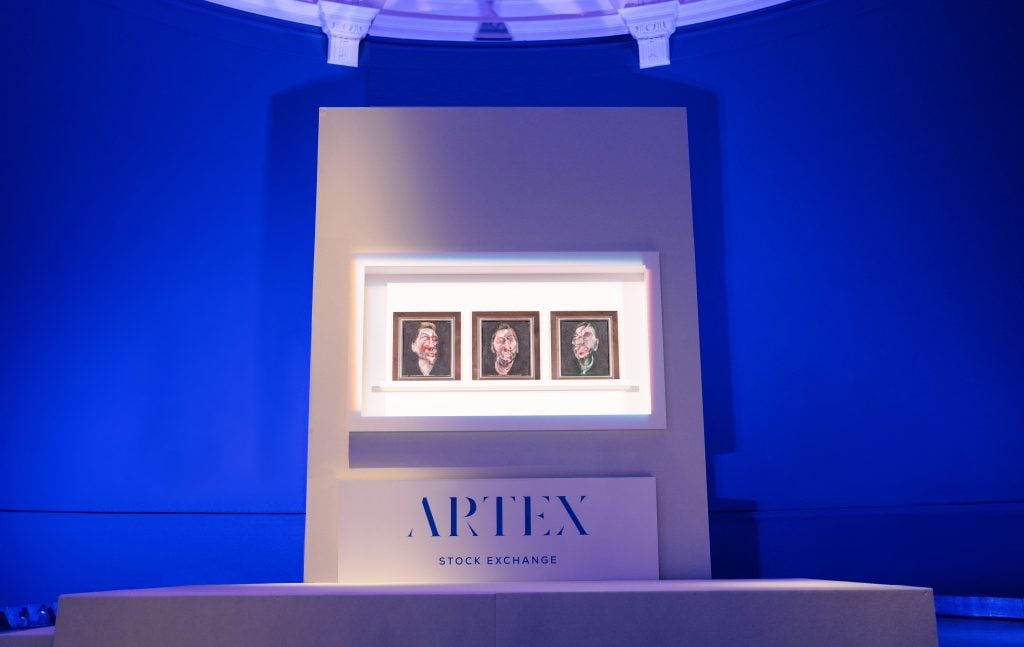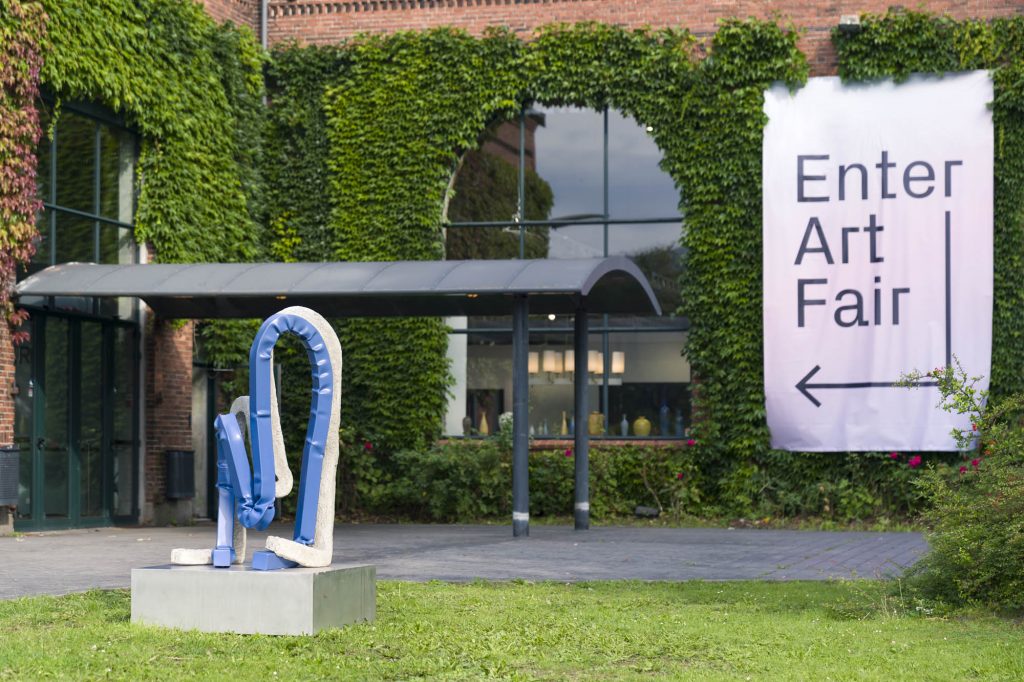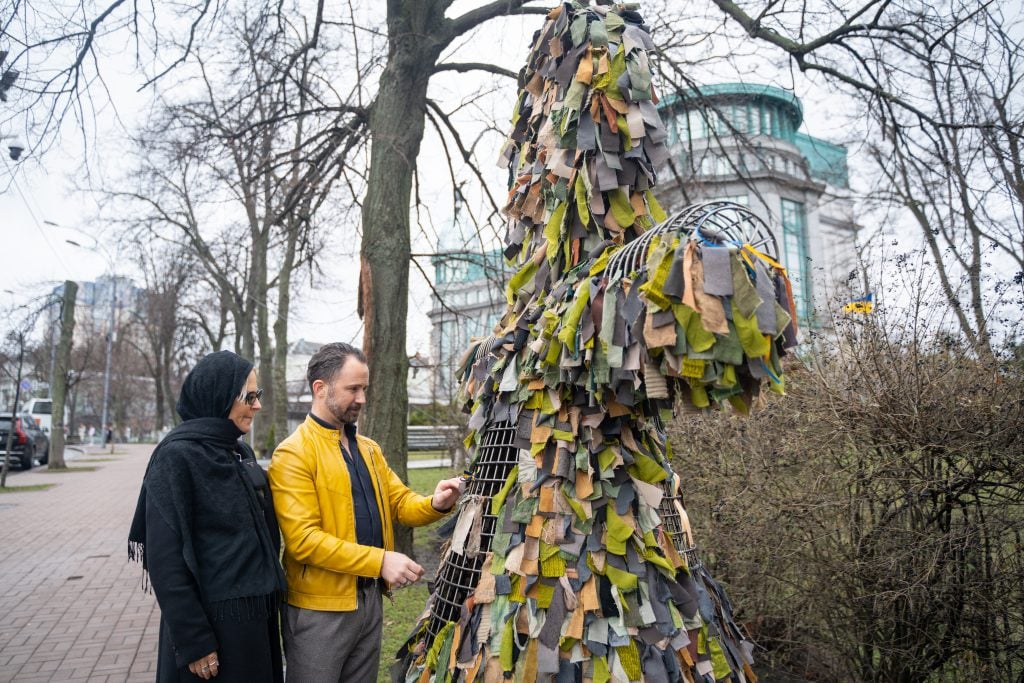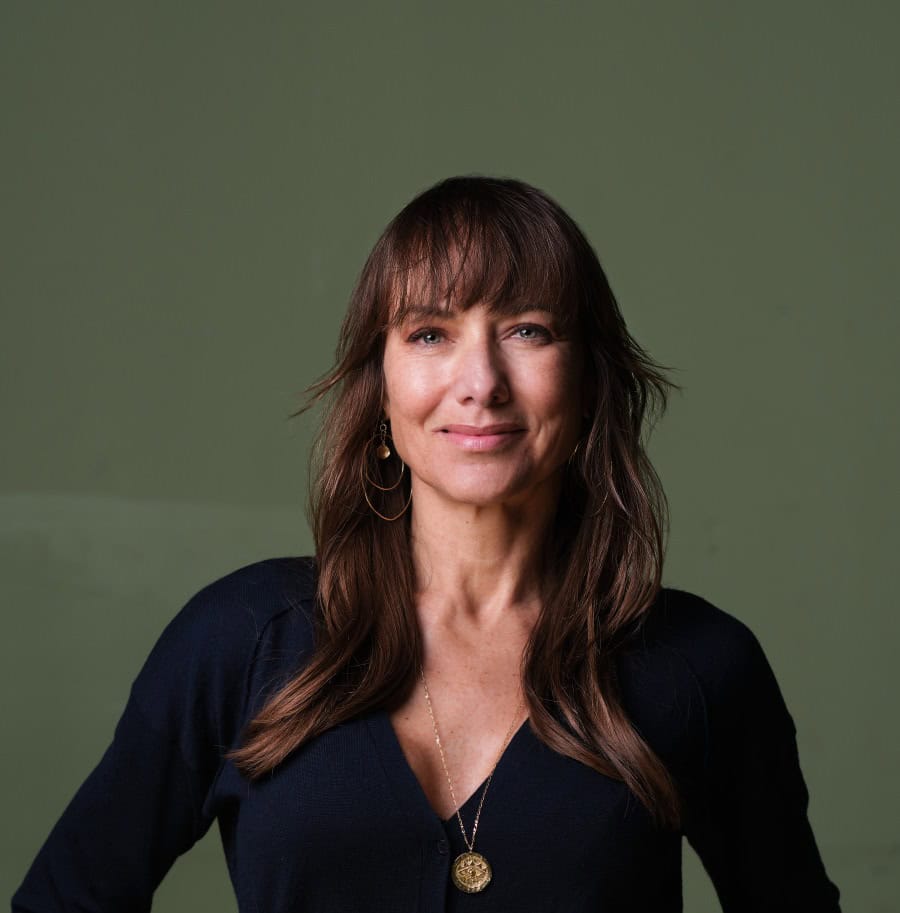Interview with Danish Artist Kristian Touborg
“I live in a constant search for imagery and in an exploration of how I can merge my everyday life with my artistic practice.”
Kristian Touborg doesn’t limit himself in his artistic practice, in which he explores a diverse field of expressions in a constant dialogue between past, present, and future. Nevertheless, it is not hard to spot a piece by the Danish artist. Whatever the approach, his body of work is a clear and strong reflection of a particular gaze – the one of Kristian Touborg. An ever evolving, ever curious gaze that leaves behind an artistic oeuvre beckoning you to return the gaze.

You seem to be working with some level of dichotomy – classic medium versus digital tools, figuration versus abstraction, fragility versus solidity, original versus copy. Which stories do you seek to tell through your works?
As I wander the streets of my neighbourhood, I see situations and tableaus all around me. I see possible paintings everywhere. I live in a constant search for imagery and in an exploration of how I can merge my everyday life with my artistic practice. To me art is a compilation of situations modifying the notion of linear time. Art is what is, what was and what might be tied in an instant. This means that I aim to construct works that simultaneously refer back in time to the painterly tradition of the impressionists as well as the applied technological means reaches into the future and pushes the boundaries of the affected material and method.
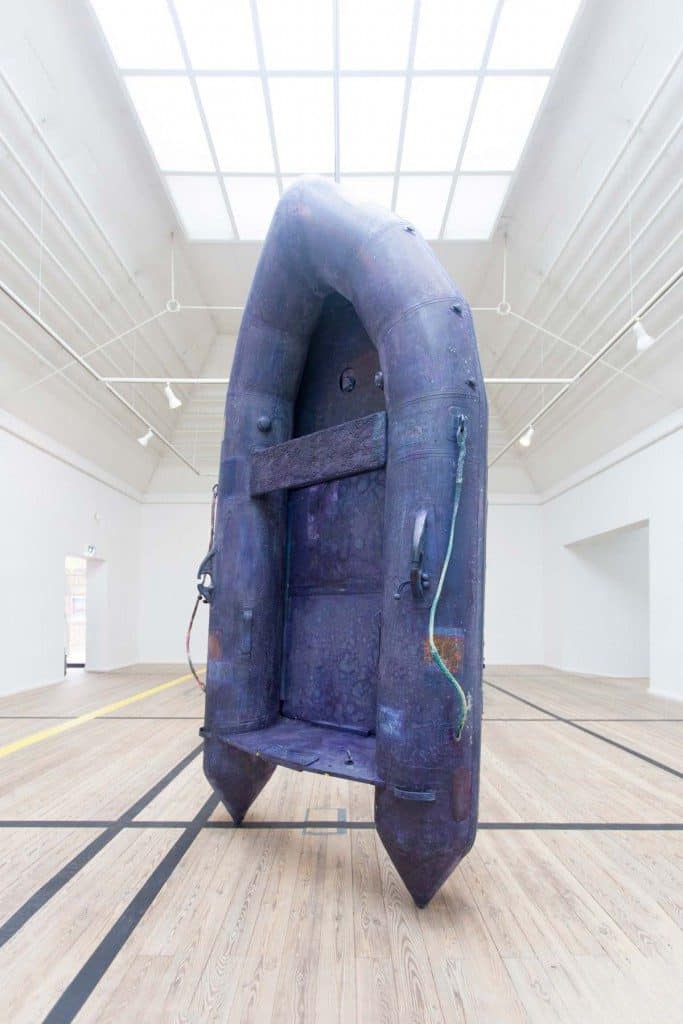
I combine painting as a classic medium and digital tools and synthetic products in order to explore the intermediate field between figuration and abstraction. This leaves me in a number of dichotomies: oil paint versus digital models, original versus copy, and painter versus algorithm. Instead of viewing these dichotomies as limitations, I seek to explore the potential in the digital tools as artificially generated and enhanced parts of my painterly consciousness. Instead of seeking to create a strict main narrative through the notion of the blank canvas as the initial point of my paintings, I allow the accumulation of fragments to maintain their autonomy within the frame in order to create visual representations of simultaneous experiences, as I try to encapsulate an excess of impressions.
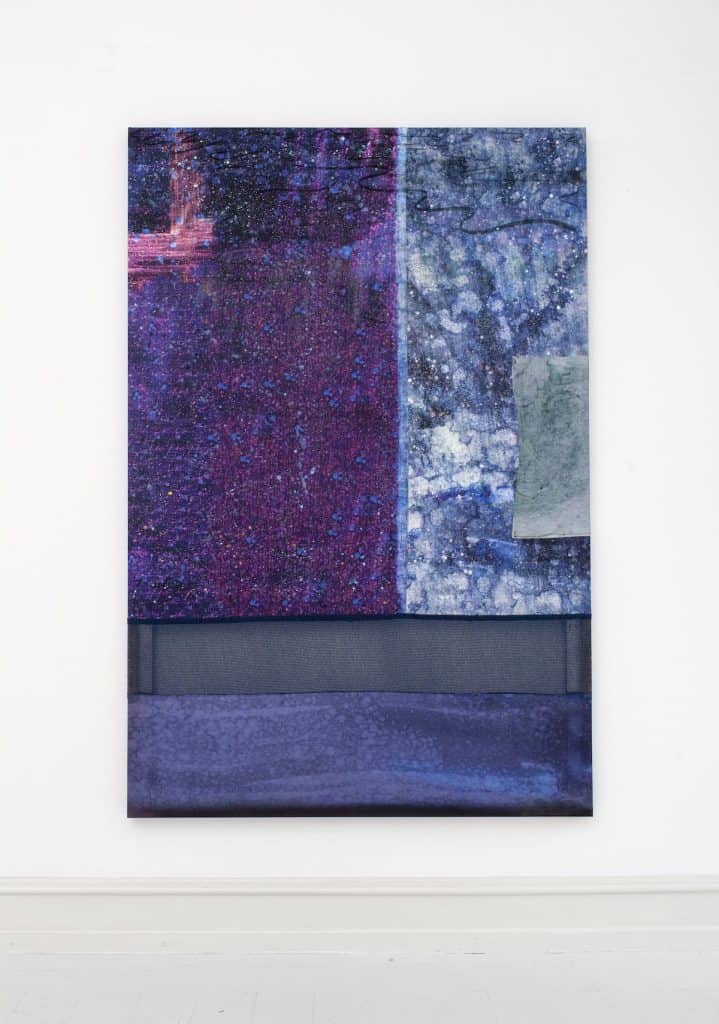
Are there certain aspects of technology that you find especially intriguing and which have influenced your art?
Digitally enhanced imagery collected as photography and 3D scans has until now been an essential part of my practice. I compose paintings through the use of digital reproduction and reconstruction as I snapshot strange crops of my everyday life with my iPhone, store them in my digital cloud service, process them digitally, print them on various fabrics, cut them up and sew them onto painted surfaces of impressionistic studies of the exact same surroundings.
In my series of works titled Situation Symphony consisting of a series of relief panels, I have used 3D scanning as my main source of data collection. After I gather the information on the diverse discarded objects I encounter on my daily walk from my home to my studio, I compile and alter the dimensions of the objects digitally and use this accumulation of three-dimensional material to create a mould from which the reliefs are casted. This comprehensive process is in the same way as my usage of photographic reproductions an artistic mean in the exploration of the defiance of how to merge material and immaterial data within the physical boundaries of the artwork.

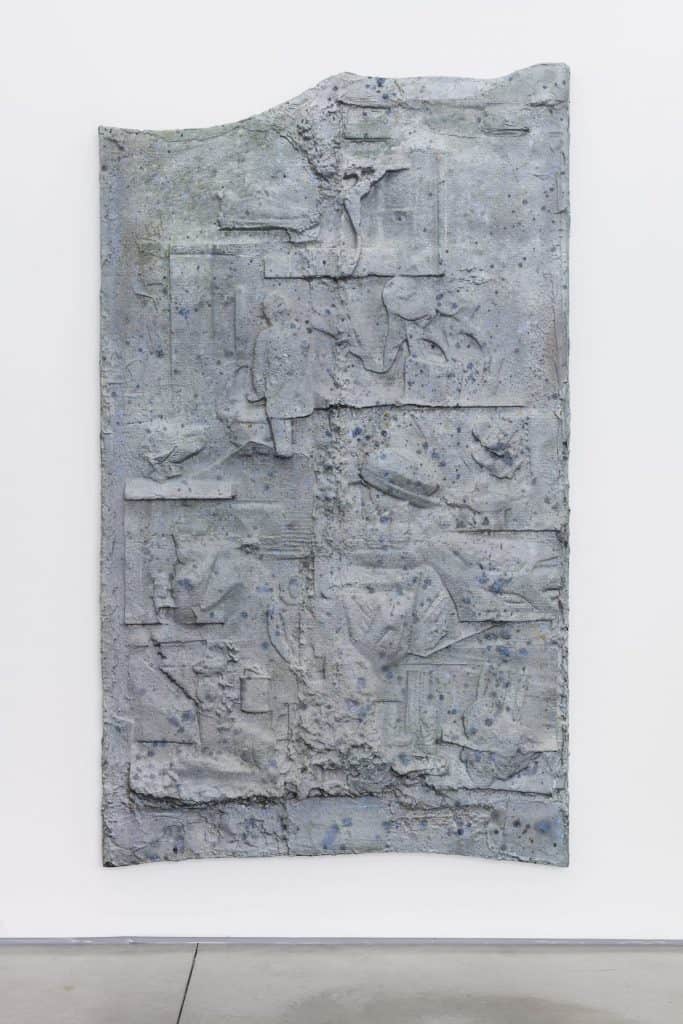
Your work seems to be both deeply intimate and somehow ‘artificial’ due to your use of synthetic products and technology. Can you tell us about this dynamic?
I perceive all my collected visual material as data for me to keep in my personal archive of fleeing moments. It is a magical process for me to merge this immense archive of digital imagery with the sensitive analogue gestures of figurative and abstract painting.
Through my work I seek to blur the boundaries between the work of the hand and the computer. This is done intuitively, almost as if I were to hold a flirting conversation with Siri.
You often work with canvases that are sewn together from individual elements originating from varied contexts. Can you tell us about this technique and about your use of materials in general?
My use of a coarse stitching and the way I cut up and rearrange the textual material stands in opposition to the invisible montage e.g. Photoshop can create in digitally altered images. When I leave the thread visible, it is done in order to show how the work is a result of a number of preceding processes.
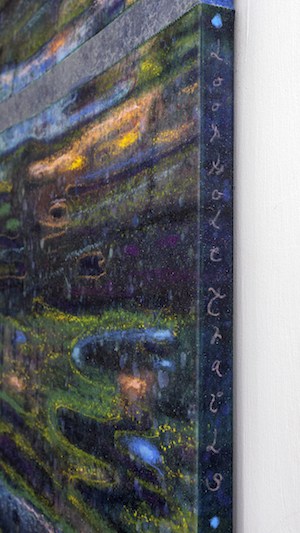
In my montage of the assorted textual fragments I seek to let each component to stand out as a particular source of inspiration or piece of documentation, originating form a certain tactile or optical experience I have collected or photographed in my neighbourhood of Nørrebro. My collection of local ephemera, as well as the creation of a composition within the frame, is all done to stress my fundamental view on materials and artistic processes as equated.
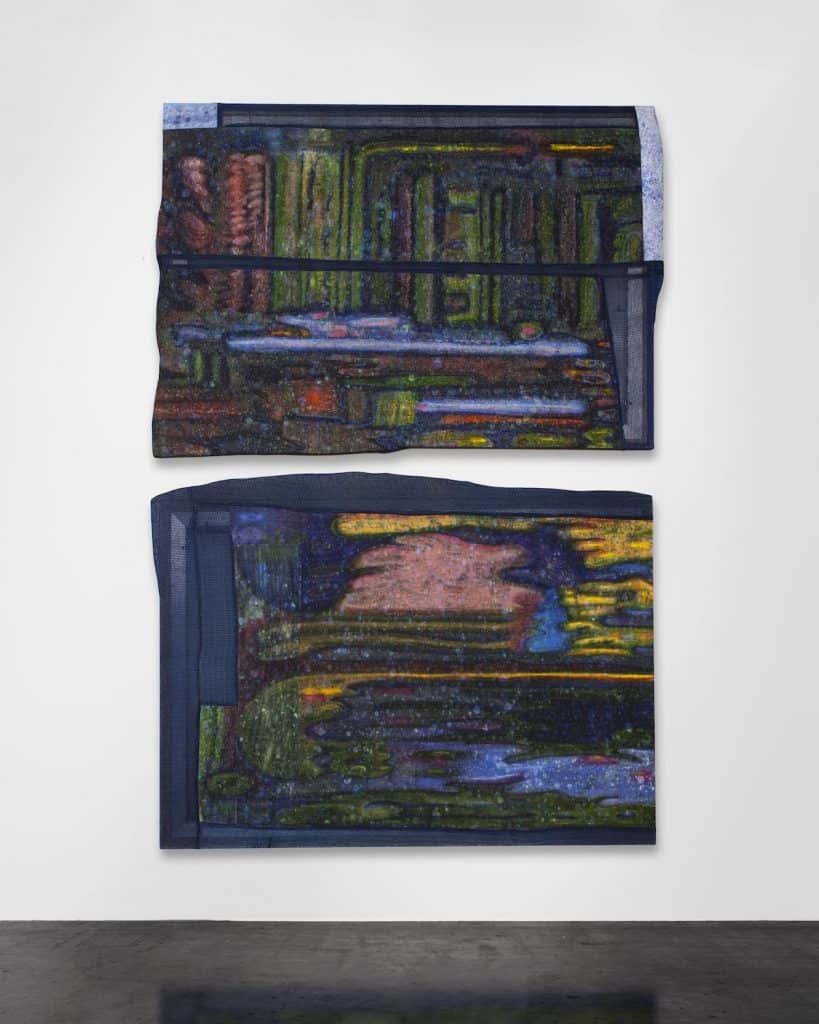
Layers are a reoccurring element in your works, which creates a sense of depth and tactility while also feeding the imagination of the viewer. What are your thoughts on this?
To me the use of layers is a combination of a deposit of time and a frozen illusion of light. Enabled by the medium of the painting, I can add layer onto layer until I attain the desired light and depth. The process reminds me of how music is composed or how you make a perfect stew – it is a process in which the accumulation of layers creates the desired result. In many aspects of my work layers stand as the common denominator – regardless if I paint in my studio or in Photoshop. I see these two types of processes as equally fundamental to my practice, however the biggest difference is that cmd+Z is only a functioning command in one of the two.
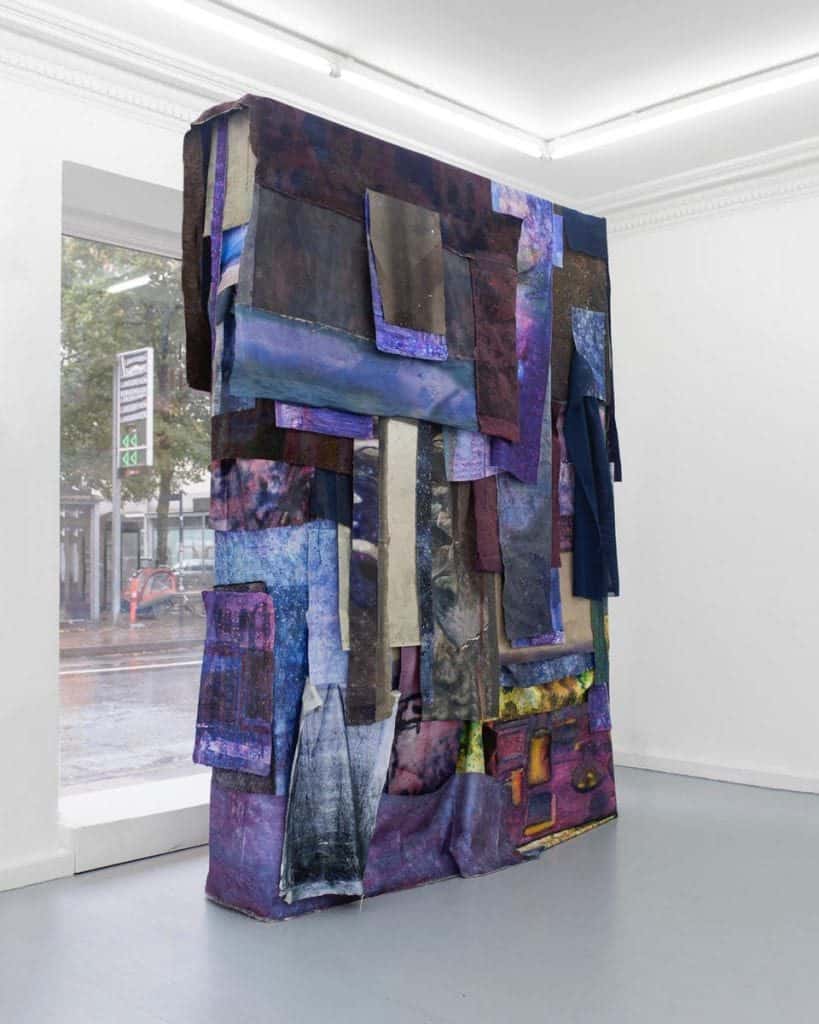
Words seem to be of particular interest to you. Often, your works have playful titles and during the past five years, you have published five publications. What does language mean for you as a visual artist?
I like the tactility of the book as an artistic medium. How you notice the way that the pages are sewn together in the back as you hold a book in you hand, and how the thickness of the paper feels when you move your fingers across the pages. The titles and publications represent a literary aspect of my practice, which I perceive as an integrated part of both my preceding research as well as the finished works. In conjunction with my current exhibition Instant Excess I published the book A visual Data Warehouse for me to show a section of the digital material that serves as such a central part of not only the reliefs shown in the exhibition, but also contains a large part of the imagery that can be found as incorporated fractions in the sum of my work until now.
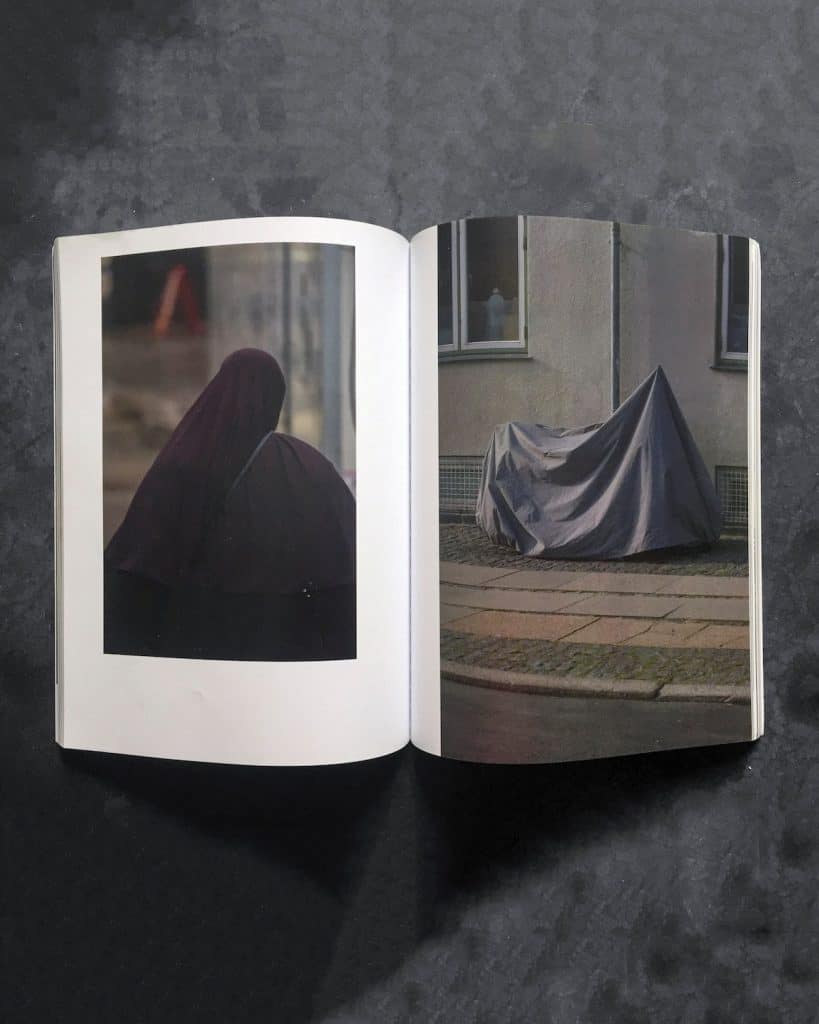
In the series of works titled Loophole Trails I decided to incorporate the titles on the sides of the stretched sewn canvasses in order to emphasize the semiotic aspect furthermore. All of the material found in my publications, both visual and literal, serves as components in what I like to think of as somewhat a ongoing and partial encyclopedia of my view on Nørrebro; perhaps better explained as a introduction to my gaze.
So, what is the future bringing?
For the past two years, my main focus have been to create the basis for a healthy expanding artistic practice. I am incredibly fortunate to surround myself with a wide range of extraordinarily talented artists in my daily life, not just within near proximity of my studio in Copenhagen, but also rooted in the effect the Internet has had on cultural and social interactions and how it enables me to stay in close day-to-day contact with artists all over the world. The artists I have long-term and on-going dialogues with enriches and guides my work even though they may produce very different bodies of work compared to mine. The future holds a range of exciting projects following my just ended participation in New Positions at Art Cologne. Presently I am working on a solo presentation at Eduardo Secci Contemporary opening in Florence late summer and an exhibition for Galleri Jacob Bjørn in Aarhus come fall.

